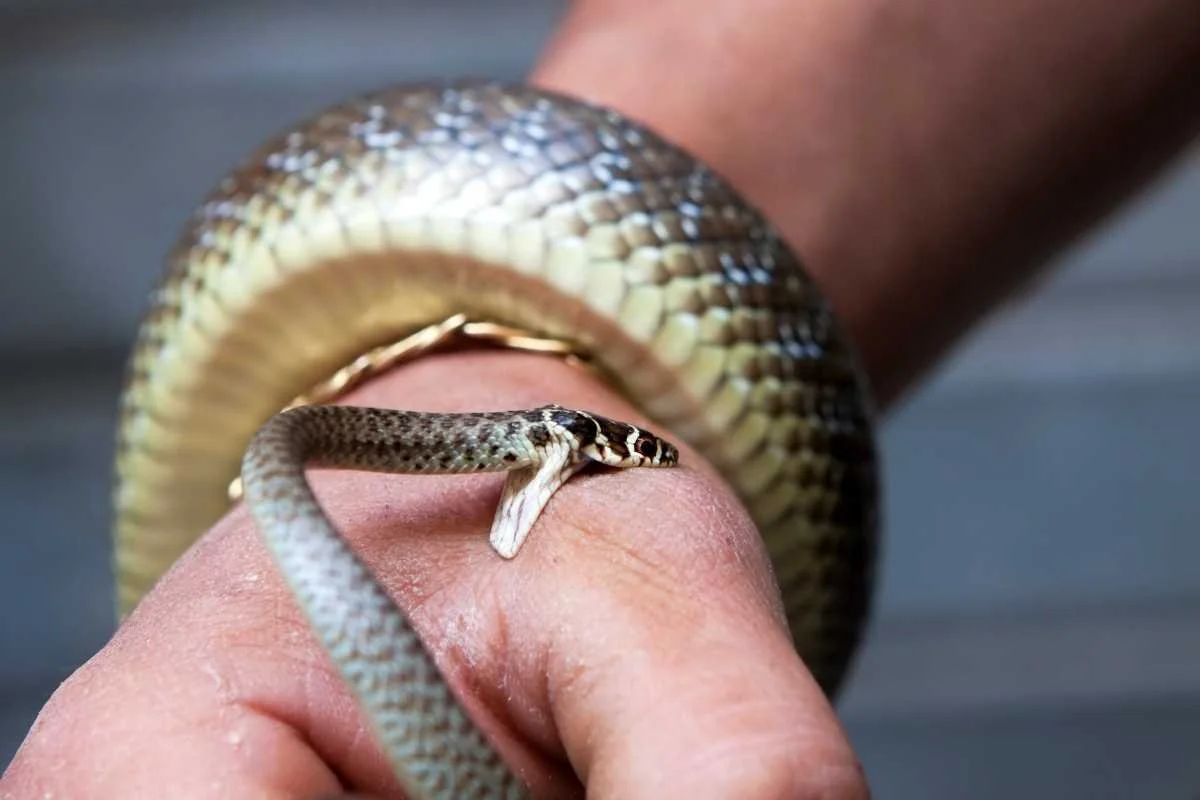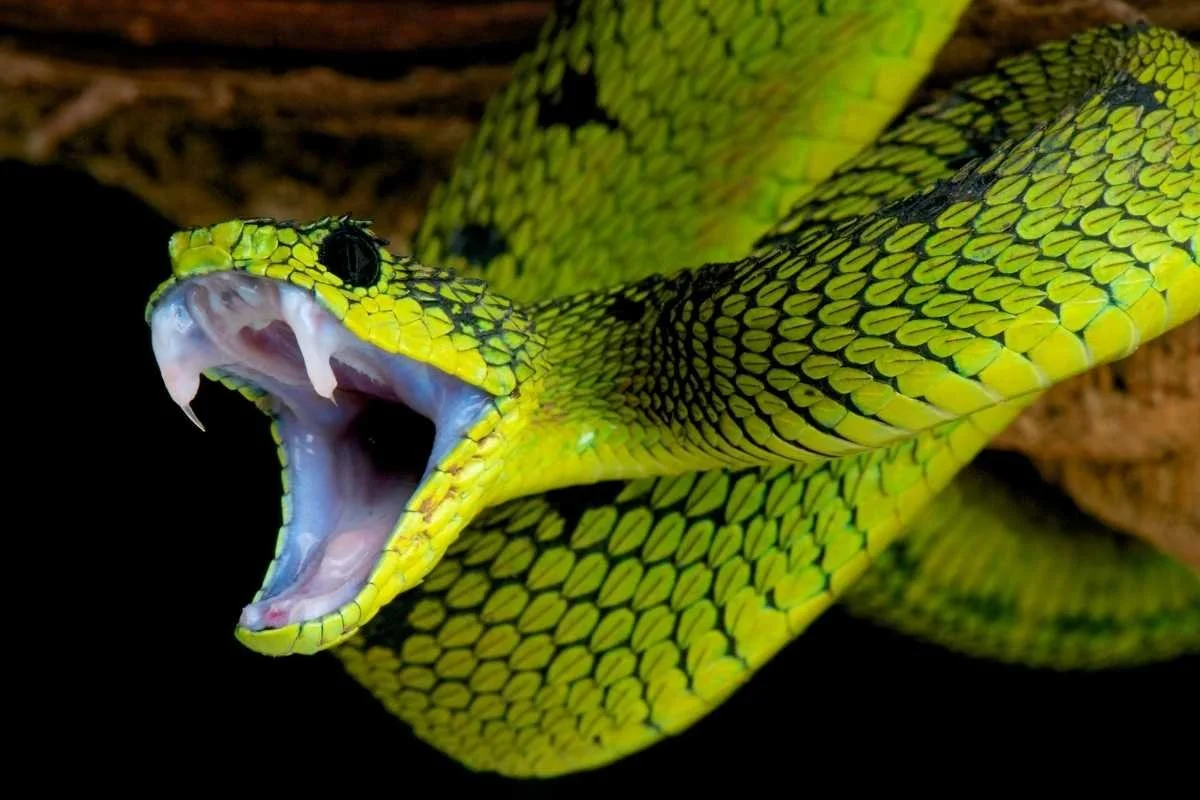In addition to the primary distinction that exists between them in terms of species, legless lizards and snakes are distinguished from one another in a variety of anatomical and environmental aspects. There are enough diverse species of both sorts of animals to be found all over the globe and in a wide variety of environments.
Read MoreNo other kind of animal can rival the curiosity and sensations that snakes represent. Snakes are skilled hunters and ambush predators that find, identify, and track their prey using their highly developed senses of sight, taste, hearing, and touch. While most snakes utilize their strong, muscular bodies to crush their food to death, certain snakes employ a fatal quantity of venom, a modified form of saliva, to immobilize and kill their prey.
Read MoreAdults of this species of rattlesnake are darker than neonates, which may make it simpler for them to acquire heat. Rattlesnake may be providing heat for her young by letting neonates perch on and around her. Additionally, a rattlesnake's bigger size implies that she will accumulate and emit heat, maybe into the night while the family is snug in their haven. A newborn snake needs warmth to grow, lose its skin, and prepare to leave the nest and go hunting on its own. There are basically no natural predators of adult diamondbacks. Because of their tiny size and diversity of predators, neonate rattlesnakes are not as well protected; in certain locations, just 17% of the pups survive their first year.
Read MoreHibernacula are the places where snakes go to sleep during the colder months so they can survive. Because snakes cannot survive in temperatures below the freezing point, this area primarily has to be one that is below the frost line. It's possible for many snakes of various species to coexist in the same hibernaculum at the same time.
Read MoreThe majority of snakes pose little threat to people. Only about 20% of the snakes in the United States are venomous. These include the copperhead, coral snake, water moccasin, and rattlesnake varieties in North America. Their bites may cause serious harm and sometimes even death.
Read MoreMost venomous snakes will avoid contact with something considerably larger than themselves, since they perceive it as a predator. The snake will likely get protective the moment you approach it. Just like you would if a person who was much bigger than you came at you aggressively and attempted to manhandle you. The snake will attempt to bite if it feels cornered.
Read More




